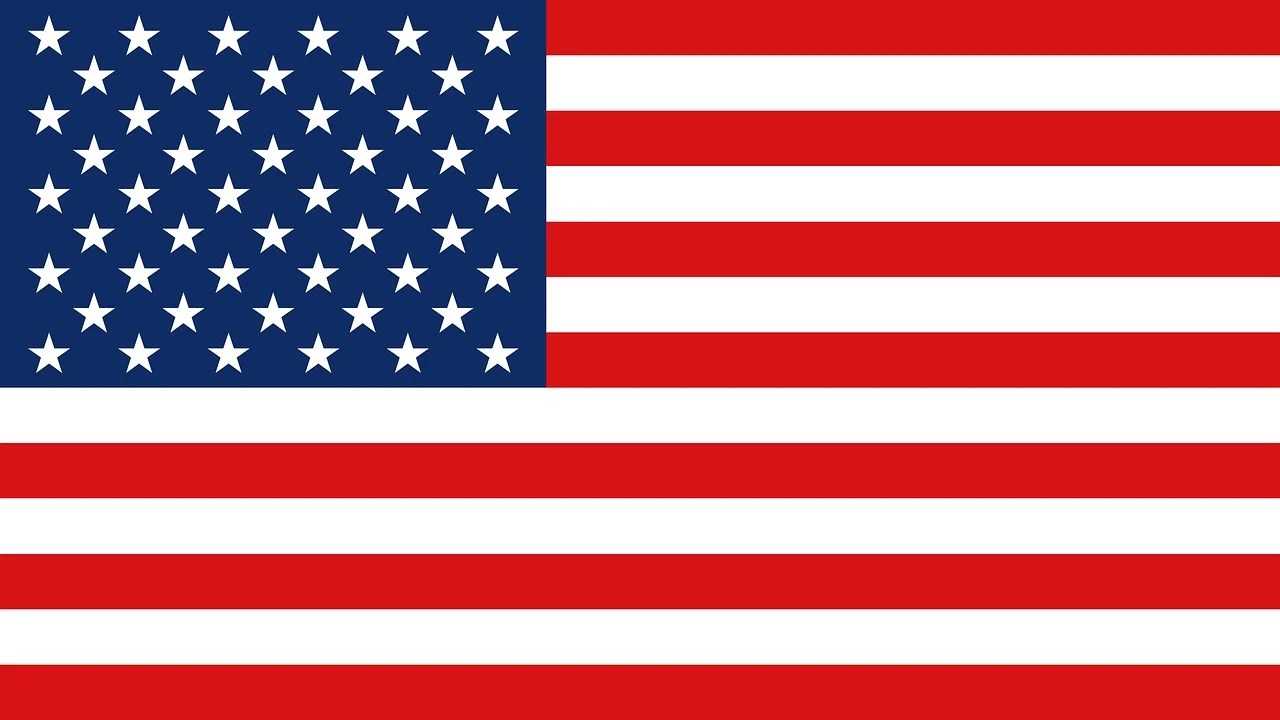The US Economic Innovation Group (EIG) has proposed changes to the H-1B Visa programme in order to streamline the process of employing foreign workers. The current programme has several flaws, which are as follows:
The lottery method cannot incentivise specific characteristics or distribute visas based on industry need.
The annual quota is 65,000 H-1B visas, with an additional 20,000 designated for those with a master’s degree or higher from a US educational institution. Nonetheless, engineering graduates from US colleges who do not receive an H-1B visa have no clear path to follow.
The 7% cap on H-1B visas for individual countries disadvantages countries with large populations, such as China and India, especially given the large number of STEM experts from these countries.
Because of country-specific limits, the lottery method for changing from an H-1B visa to a Green Card is causing lengthy delays, particularly for people from China and India.
If an H-1B visa holder loses their work, they only have 60 days to find another job, after which they cannot stay in the country.
Because the local renewal programme was halted in 2004 due to security concerns, current H-1B visa holders must leave the country to renew their visa.
Proposed alternatives include issuing 10,000 ‘Chipmakers’ Visas each year, with a faster path to a Green Card. A quarterly auction of 2,500 visas to qualifying enterprises is proposed, with instant transfer of ownership to sponsored workers. The 5-year visa would be renewed once, giving businesses confidence in expanding their investments and training domestic staff.
Visa auction fees would also be used to train American workers and provide scholarships to students and workers in the semiconductor supply chain. The US State Department has taken a step towards resolving these concerns by launching a pilot programme that allows eligible H-1B visa holders to renew their visas within the United States.
According to the Semiconductor Industry Association (SIA), without an international recruitment push, the United States may face a 67,000-person workforce deficit by 2030.

